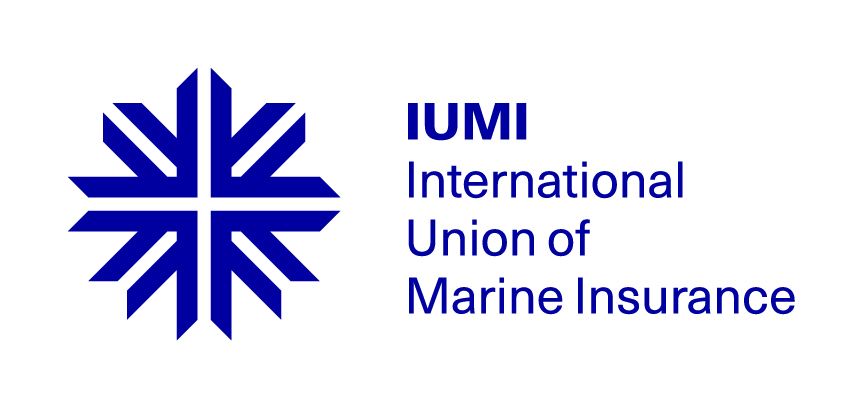
Shipping continues to innovate in terms of vessel capacities, greener technologies and more modern operating practices. At the same time, the way that goods are being carried, particularly unitized cargoes, are also changing. Innovation and change will inevitably bring about new risks which must be understood and mitigated with new or updated loss prevention methods.
At this week’s International Union of Marine Insurance (IUMI) conference in Edinburgh, Chair of IUMI’s Loss Prevention Committee, Pascal Dubois highlighted this growing issue:
“The sheer number of containers being carried on ships of 24,000 TEU or more means that, statistically, there is a greater chance of an individual cargo combusting. Sadly, there have been many fire-related incidents on-board large containerships in recent years. Tackling fires on such large vessels is an ongoing concern and a significant body of research is underway to find workable solutions to both fire-fighting and fire prevention. IUMI has been one of the prime-movers at IMO to address this.”
Global vehicle transportation at sea has been in the limelight in recent years. High profile casualties, such as Grande Europa, Felicity Ace, and more recently Grande California, Grande Costa d’Avorio andFreemantle Highway, underline the reality where loss prevention methods need to be aligned and improved. Aside from the tragic loss of life, financial losses running to many hundreds of millions of dollars are often the result. However, Pascal Dubois urges caution when apportioning blame and wants the industry to rely on the science when it comes to preventative measures:
“Although we have witnessed a number of car carrier fires lately, none have been found, conclusively, to have been started by an electric vehicle (EV). We must take care to understand the cause and nature of any vehicle fire if we are to implement the required loss control measures to extinguish the fire and, as importantly, prevent them from happening.”
“Research shows that EV fires are no more dangerous than those caused by internal combustion engine (ICEV) vehicles – the growth rate, the peak heat release, and the total energy released is no different. That’s because most of the fire’s energy comes from sources within the vehicle, such as plastics, and not the battery. However, we must not ignore the potential for thermal runaway where the battery may self-heat and re-ignite. The risks are not necessarily greater but they are different and this is where we need a new and different approach”.
“Loss prevention is a virtuous circle including assureds, brokers, underwriters and regulators”, says Pascal Dubois. “We can’t innovate without recognizing new and different risks and then implementing adequate loss control measures. Insurance and loss prevention go hand-in-hand – you can’t have one without the other”.
The opinions expressed herein are the author's and not necessarily those of The Xinde Marine News.
Please Contact Us at:
media@xindemarine.com


 Ningbo Containerized Freight Index Weekly Commentar
Ningbo Containerized Freight Index Weekly Commentar  Ningbo Containerized Freight Index Weekly Commentar
Ningbo Containerized Freight Index Weekly Commentar  Ningbo Containerized Freight Index Weekly Commentar
Ningbo Containerized Freight Index Weekly Commentar  BIMCO Shipping Number of the Week: Bulker newbuildi
BIMCO Shipping Number of the Week: Bulker newbuildi  Ningbo Containerized Freight Index Weekly Commentar
Ningbo Containerized Freight Index Weekly Commentar  Ningbo Containerized Freight Index Weekly Commentar
Ningbo Containerized Freight Index Weekly Commentar